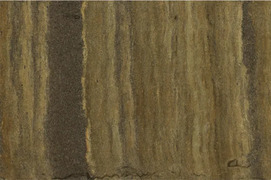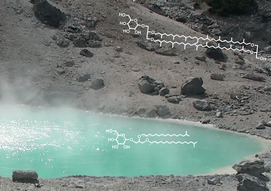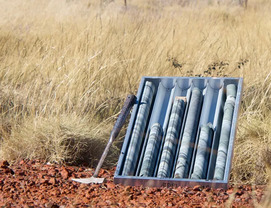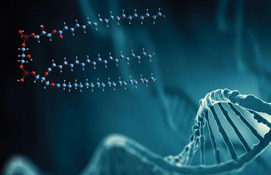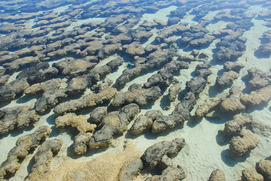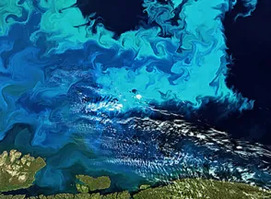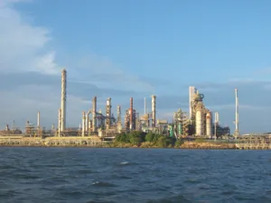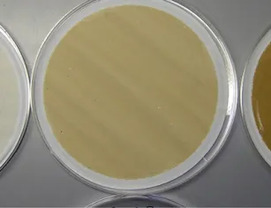Future Outlook for Applications of Biomarkers and Isotopes in Organic Geochemistry
Organic geochemistry continues to make important contributions to our understanding of how the biogeochemistry of our planet and its environment has changed over time and of the role of human impacts today. This article provides a brief overview of the field and a perspective on how it might develop in the near future. Particular emphasis is placed on biomarkers (compounds with a distinctive chemical structure that can be related to specific organisms) and stable isotopes of carbon, hydrogen, and nitrogen, as these are major tools used by organic geochemists. Many geochemical studies involve a mixture of disciplines and so this article also focuses on how this research area can complement work in other fields.
Future Outlook for Applications of Biomarkers and Isotopes in Organic Geochemistry Read More »



